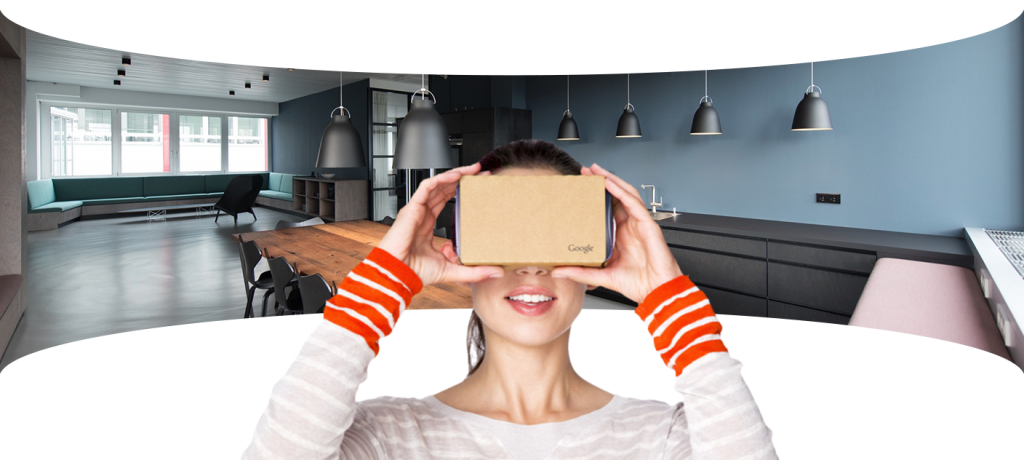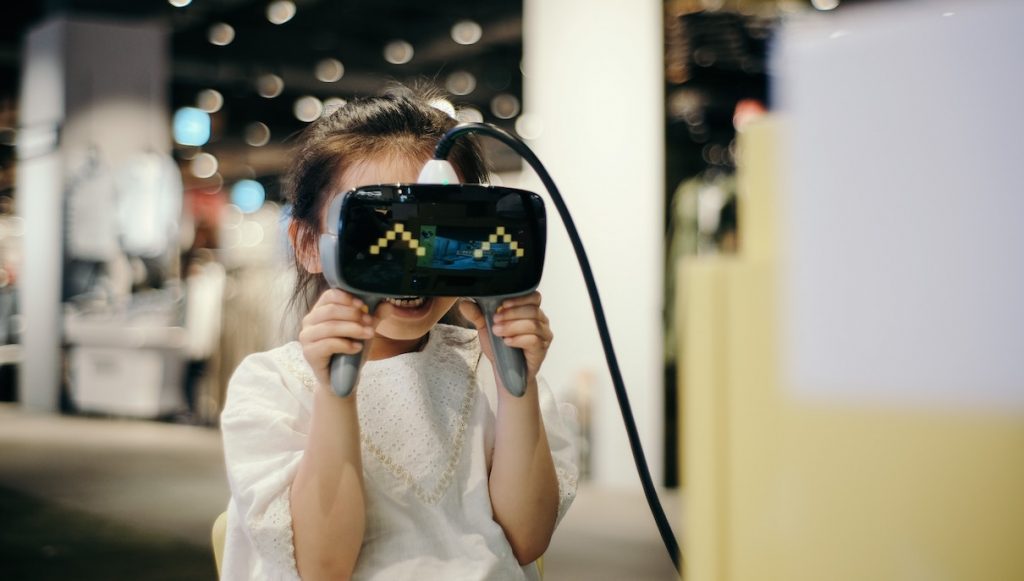Year 2020 - Virtual Reality Ready
November 5, 2023
Here is our company news along with technology updates in 2020 - that includes VR, AR and XR.
Our world class team of professionals can design, develop and deliver digital ecosystems, experiential projects ranging from Immersive Activations, AR and, VR and top tier scalable enterprise platforms.
Here’s some of what we will be getting into during 2020
COMPUTER VISION
In computer terms, “vision” involves systems that are able to identify items, places, objects or people from visual images – those collected by a camera or sensor. It’s the technology that allows your smartphone camera to recognize which part of the image is a face, and powers technology such as Google Image Search.
As we move through 2020, we’re going to see computer vision equipped tools and technology rolled out for an increasing number of uses. It’s fundamental to the way autonomous cars will “see” and navigate around danger.
Computer vision is also enabling face recognition, which we will hear a lot about in 2020. We have already seen how useful the technology is in controlling access to our smartphones in the case of Apple’s FaceID.
However, as the use cases will grow in 2020, we will also have more debates about limiting the use of this technology because of its potential to erode privacy.

XR - EXTENDED REALITY
Extended Reality (XR) is a catch-all term that covers several new and emerging technologies being used to create more immersive digital experiences. More specifically, it refers to virtual, augmented, and mixed reality.
Virtual reality (VR) provides a fully digitally immersive experience where you enter a computer-generated world using headsets that blend out the real world. Augmented reality (AR) overlays digital objects onto the real world via smartphone screens or displays (think Snapchat filters).
Mixed reality (MR) is an extension of AR, which means users can interact with digital objects placed in the real world (think playing a holographic piano that you have placed into your room via an AR headset).
These technologies have been around for years now but have largely been confined to the world of entertainment – with Oculus Rift and HTC Vive headsets providing the current state-of-the-art in videogames and smartphone features such as camera filters and Pokemon Go-style games providing the most visible examples of AR.
From 2020 expect all of that to change, as businessesget to grips with the wealth of exciting possibilities offered by both currentforms of XR. Virtual and Augmented Reality will become increasingly prevalentfor training and simulation, as well as offering new ways to interact withcustomers.

HEALTH
In the coming years, Virtual Reality will play a greater role in patient and health care. Senior living residences are implementing VR to help memory care patients “visit” favourite vacation spots, access street views of their childhood homes, and enjoy comforting scenes of animals and nature. Those experiences can spark group discussions and boost socialization.
Vivid imagery provided via headsets is also being used in hospitals as a mode of distraction and a way to lessen the use of pain medication especially for patients undergoing treatments or experiencing discomfort. VR can also be used to educate; for example, by offering “fly-through tours” of a tumor to explain treatment to a patient.
With VR surgeons visualize potential obstacles before complex surgeries or by using virtual reality to improve procedural intervention or procedure by overlaying imaging data and relevant information.
It can also provide audiences with a new perspective on illness. VR headsets with special software, for example, can help wearers experience what life is like for people with Alzheimer’s. In this case, the tool both educates and builds empathy.
Articles sources:
Forbes and HealthMedMagazine
Cushman and Wakefield The Next Chapter Event by 42 Interactive










